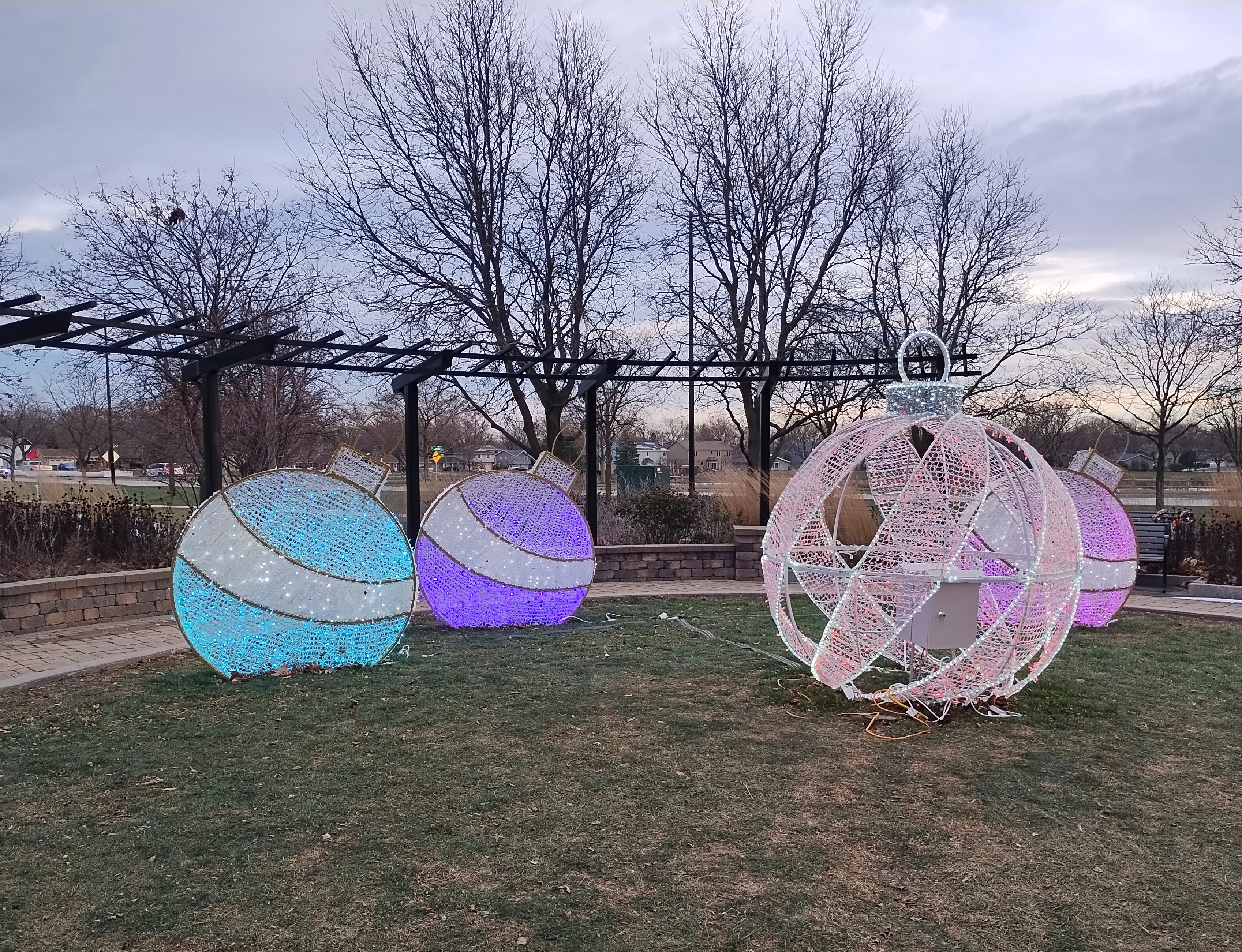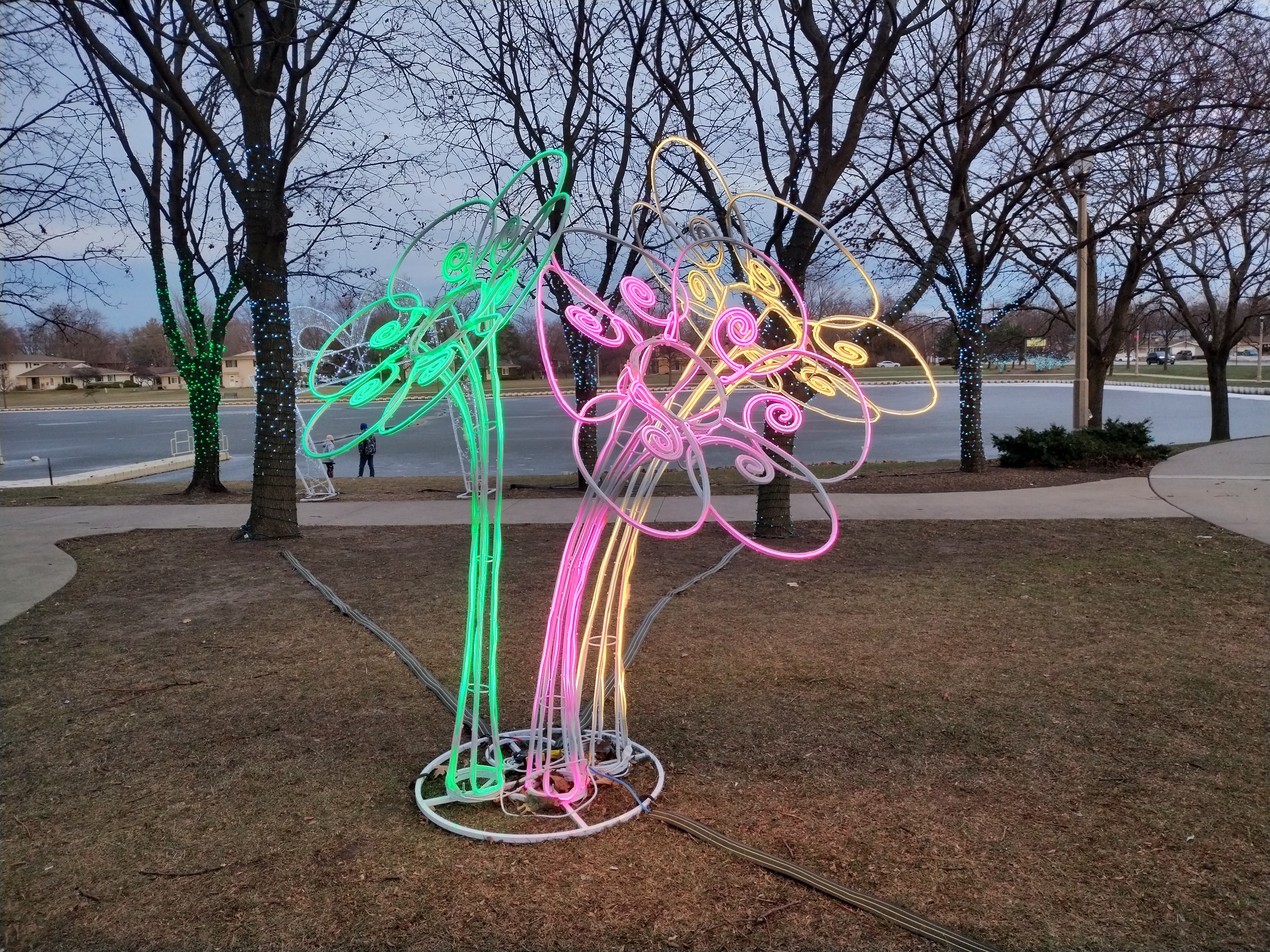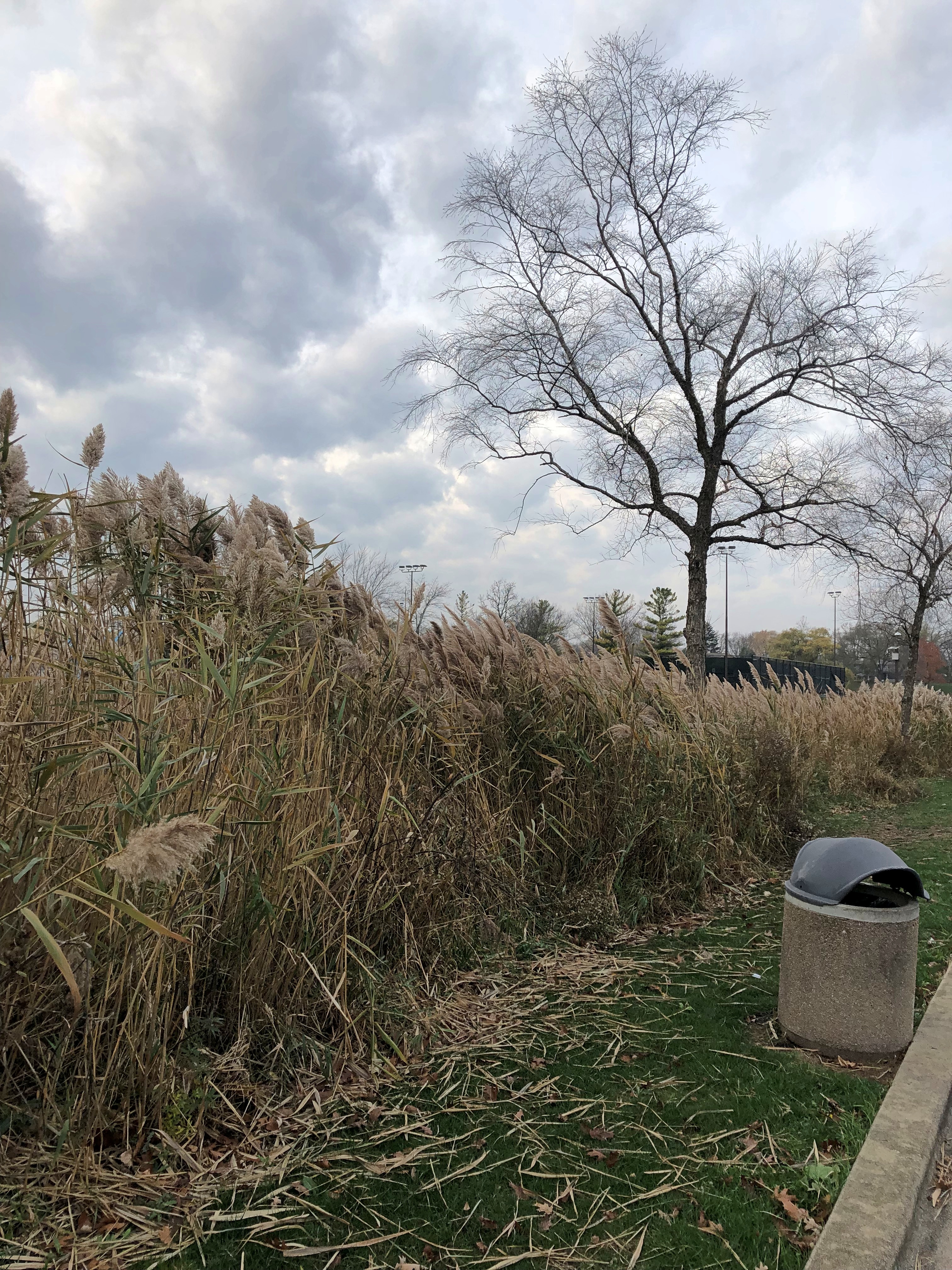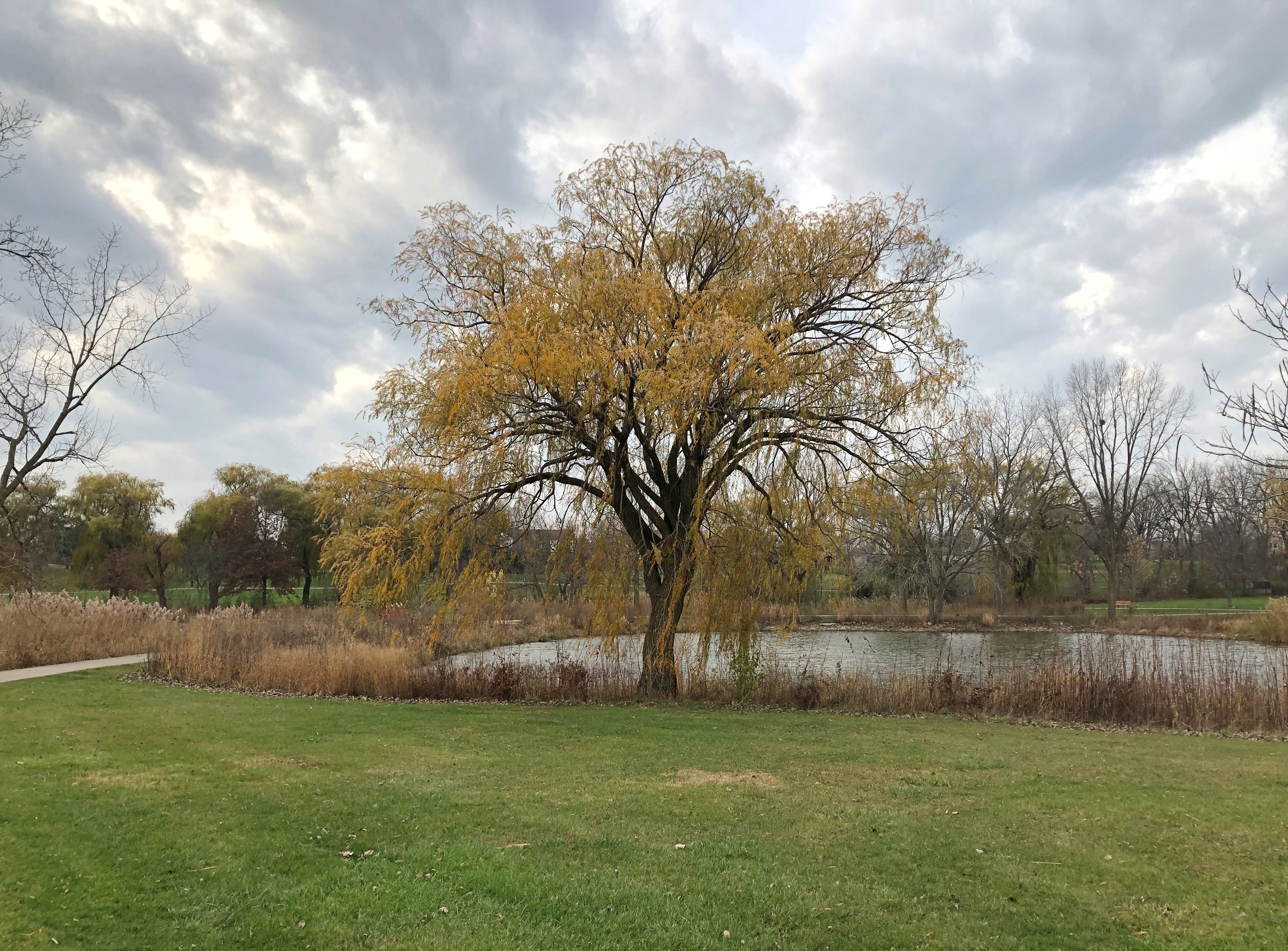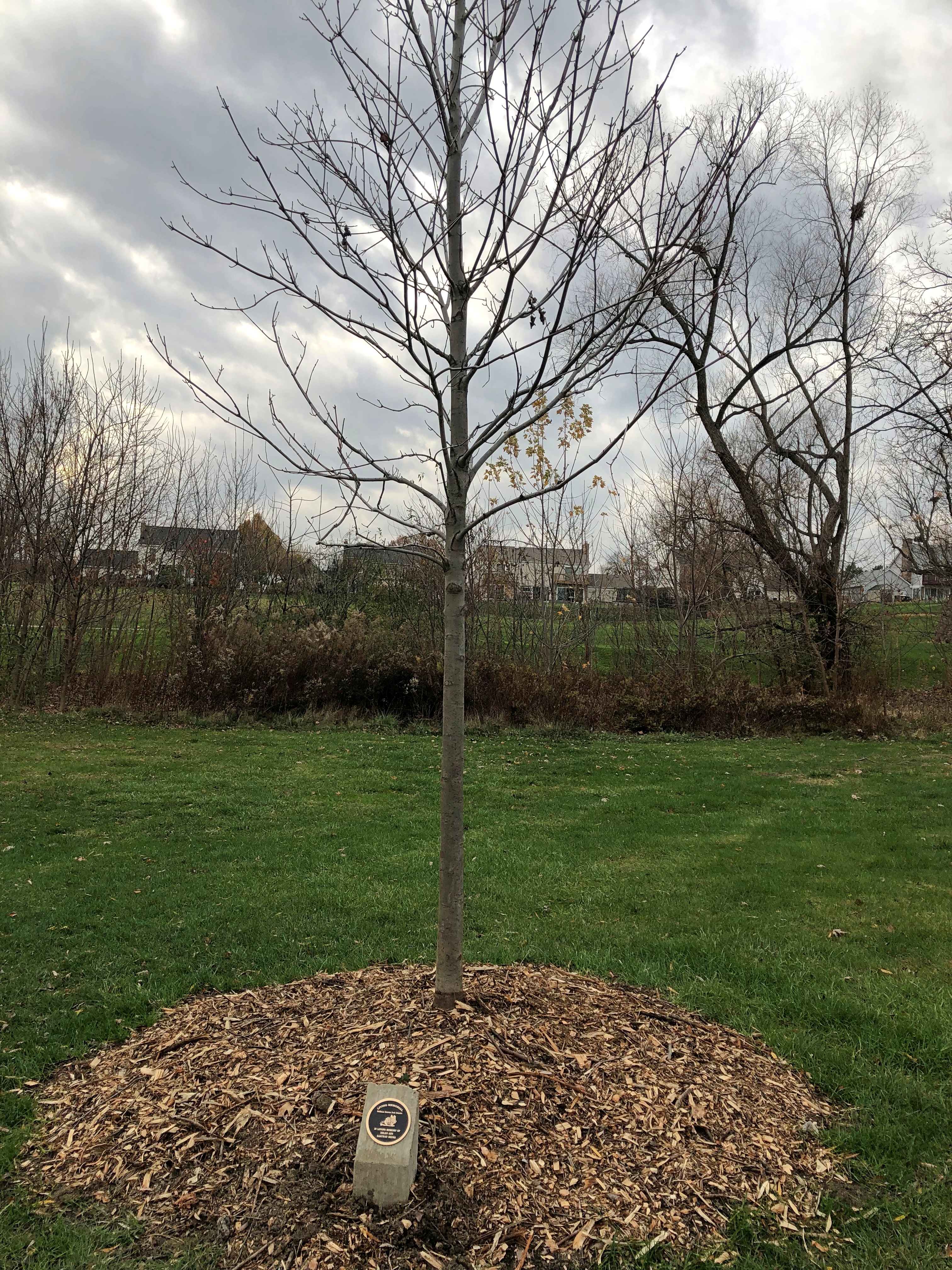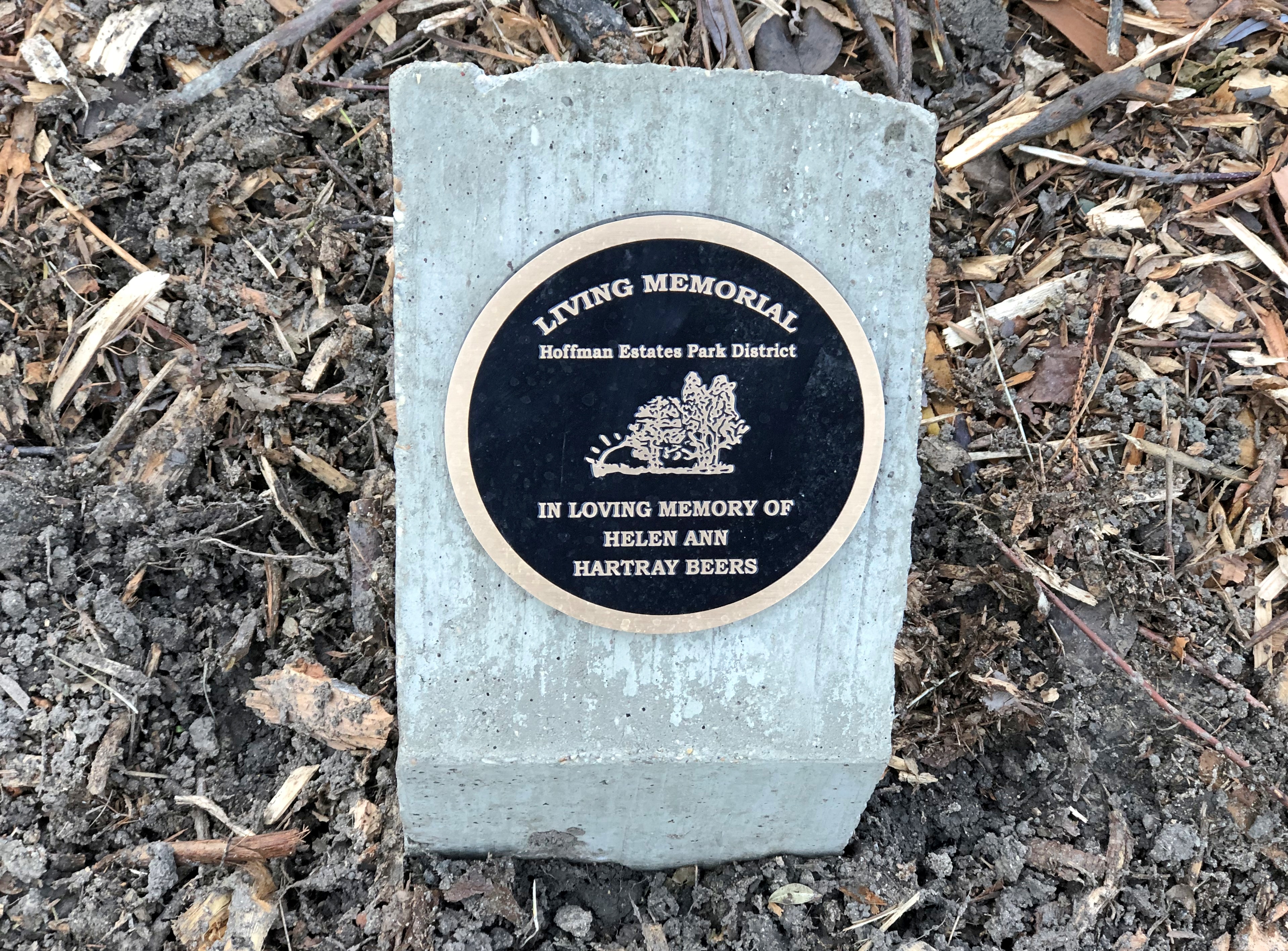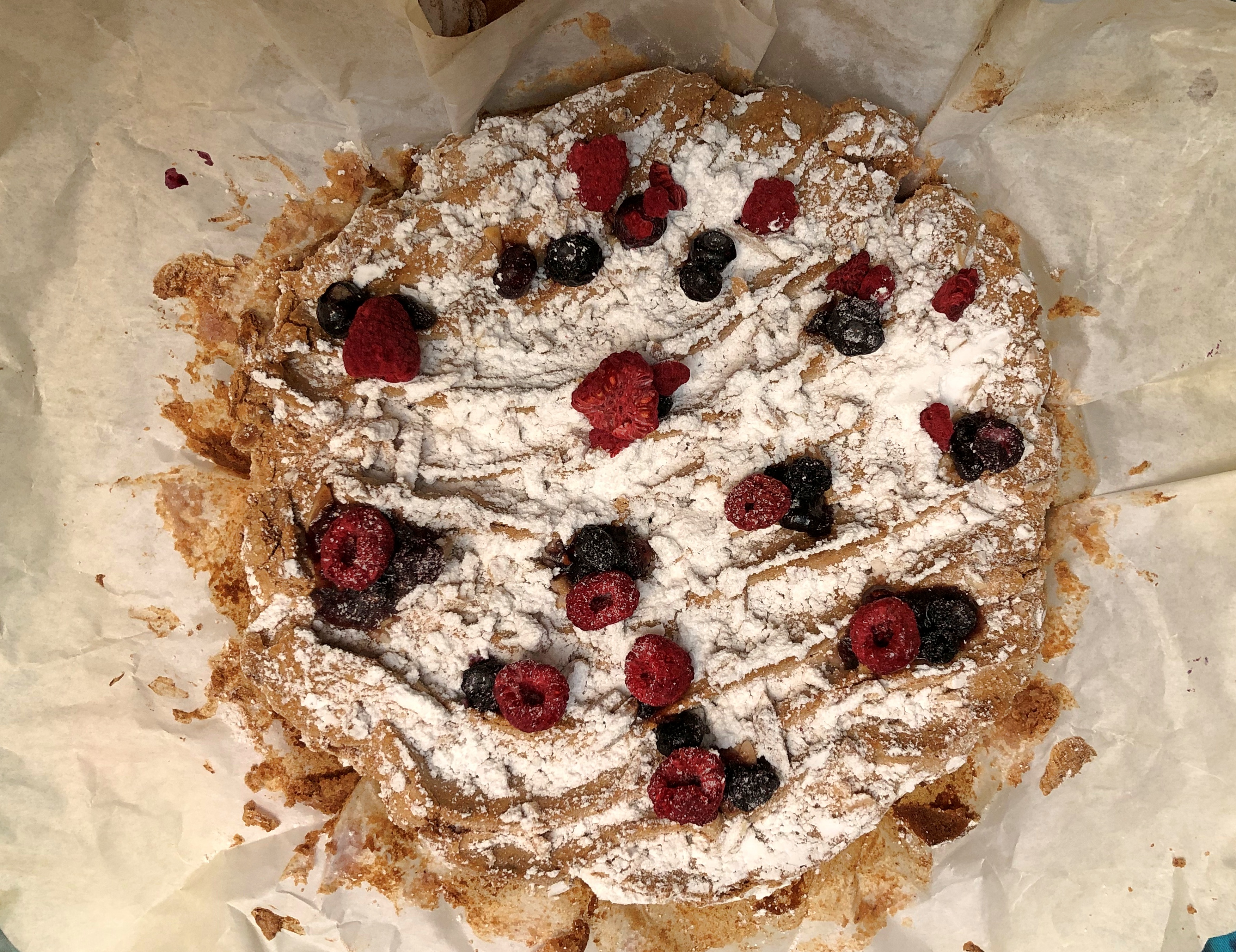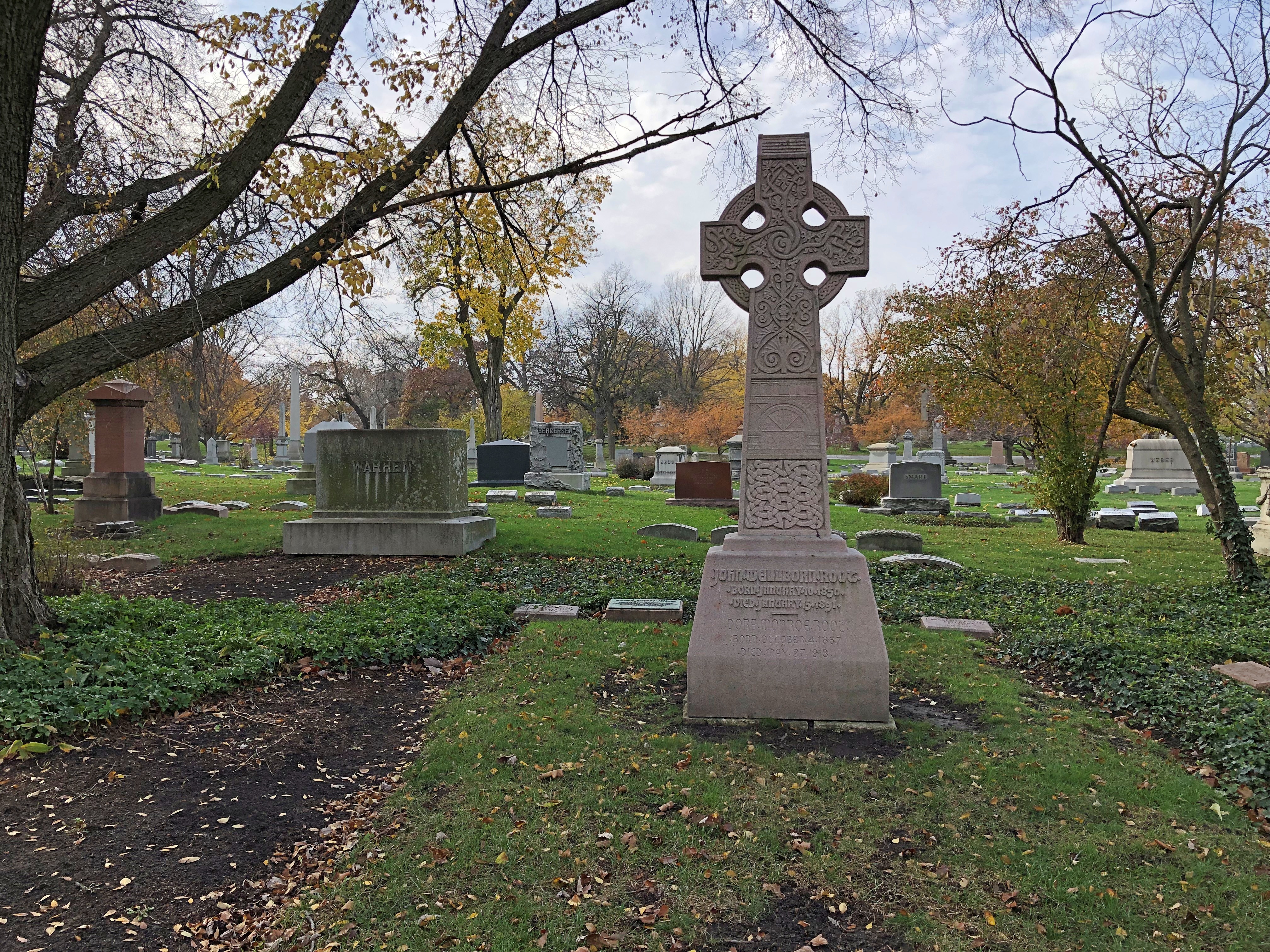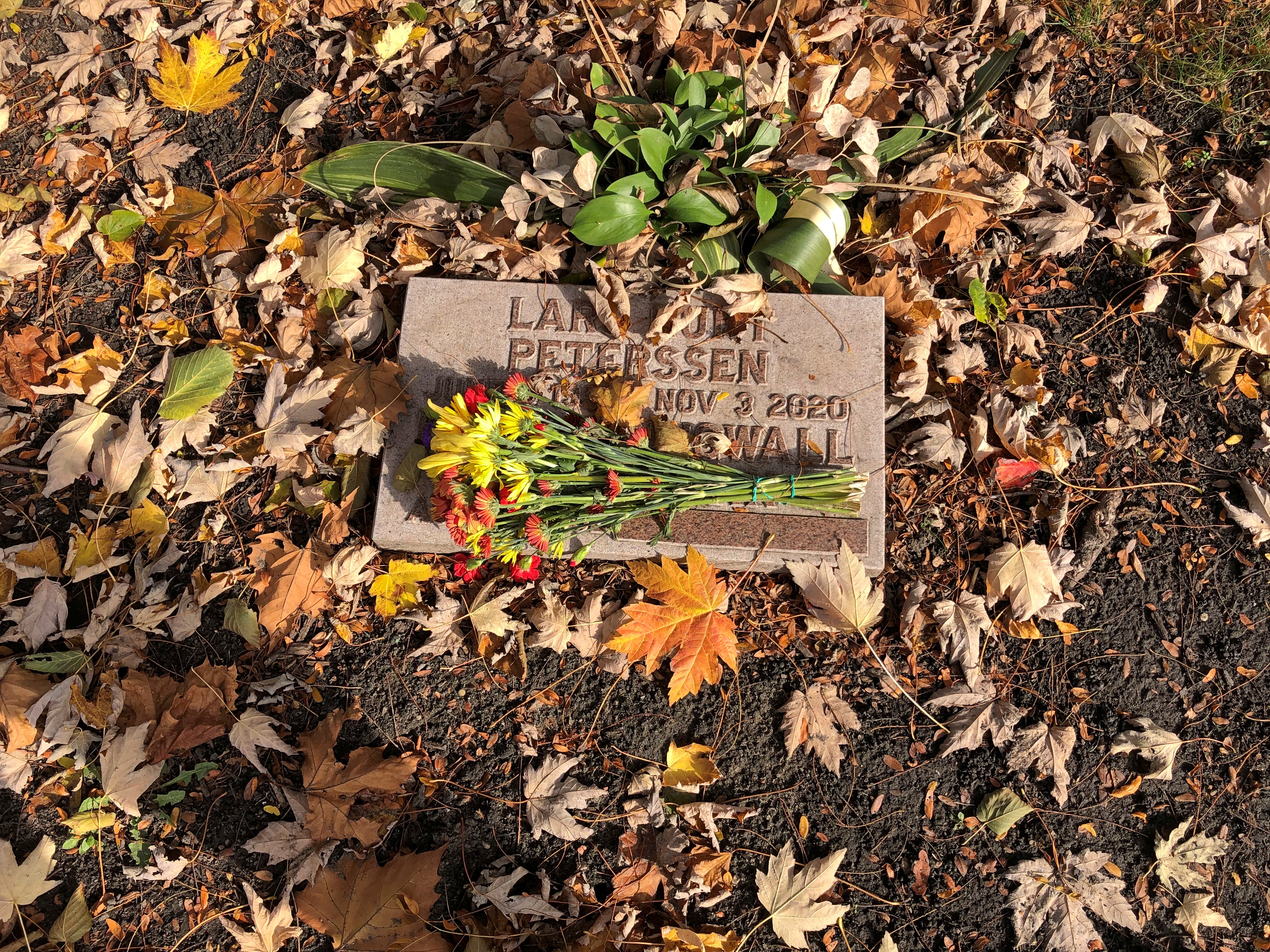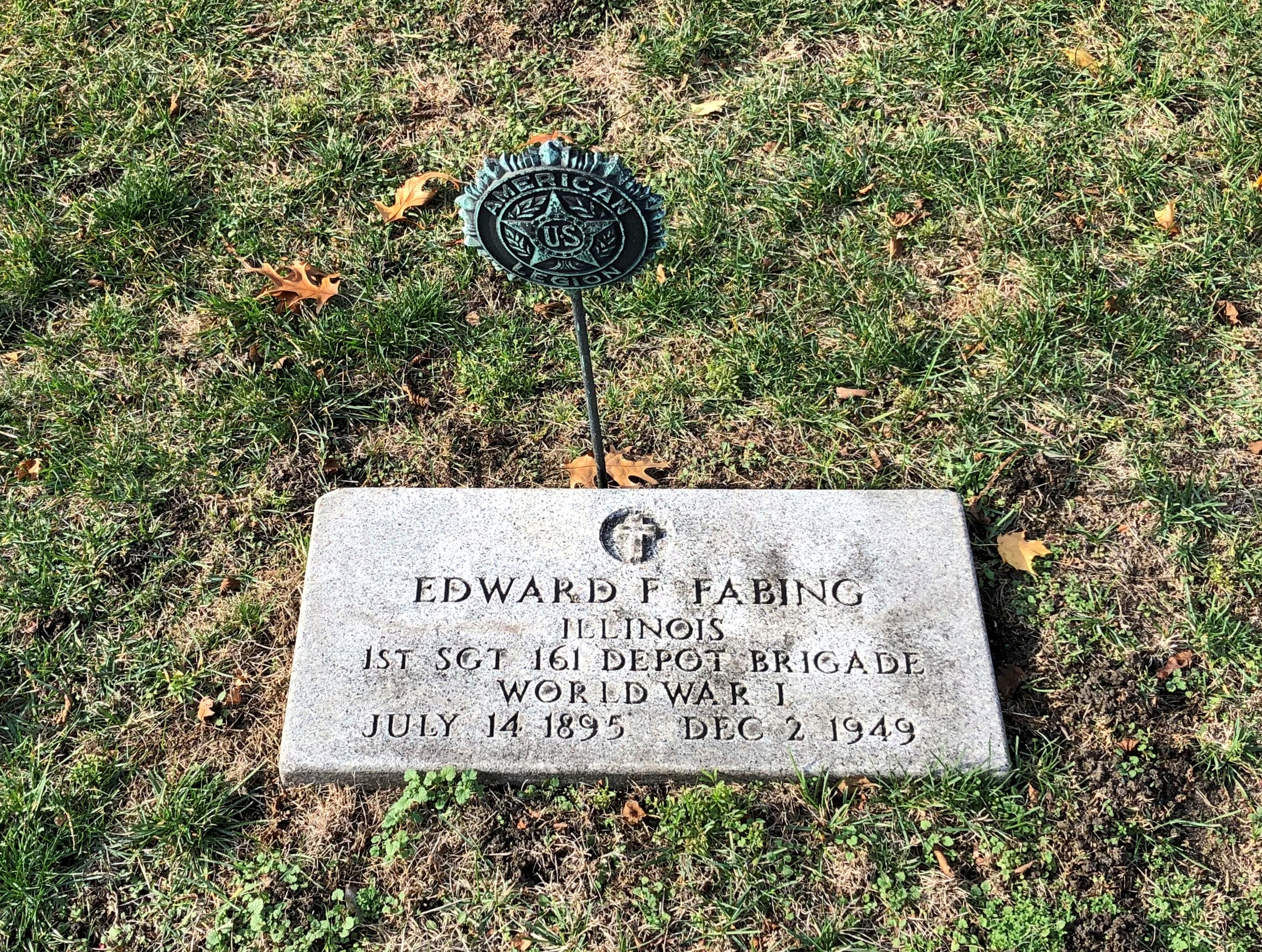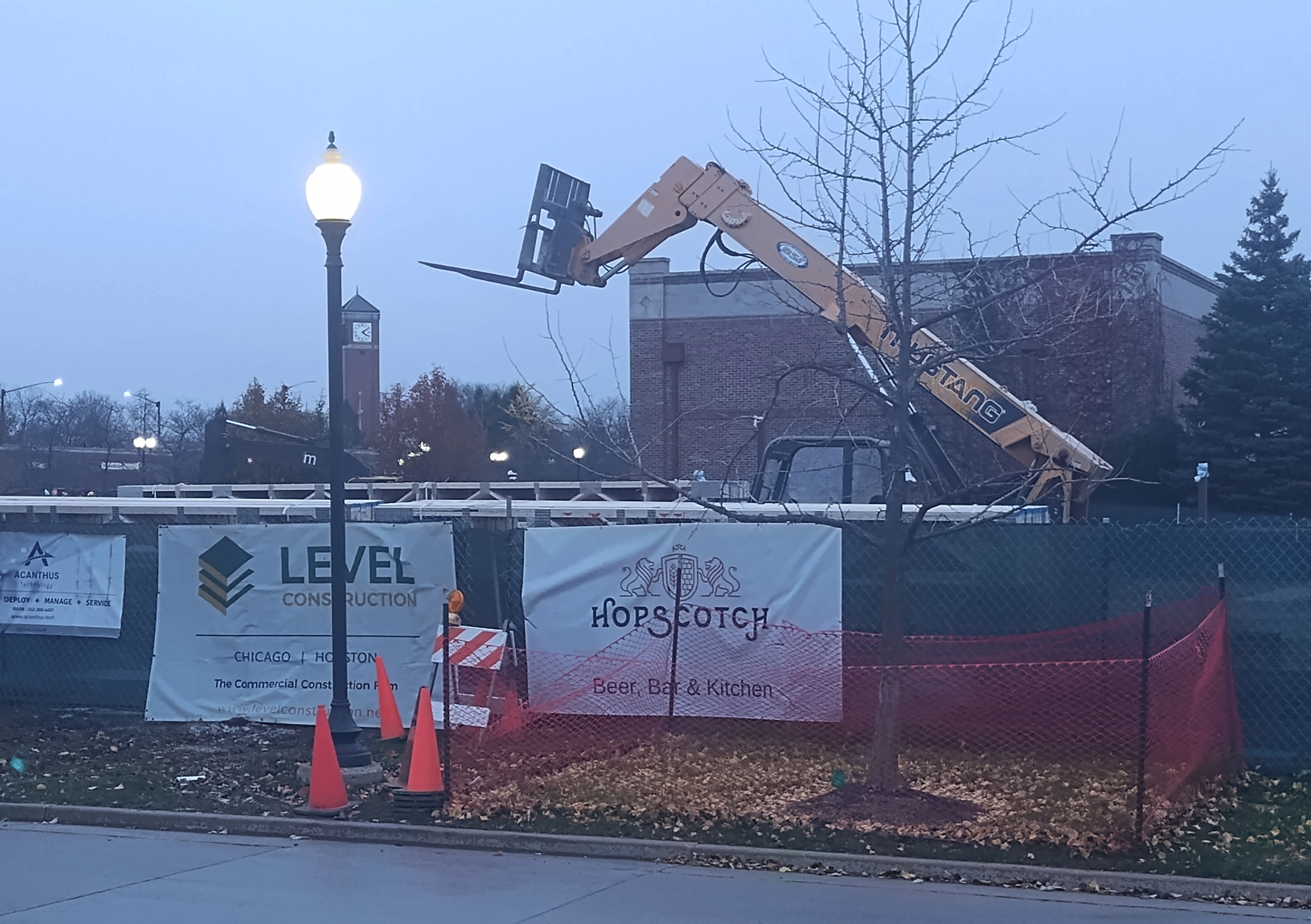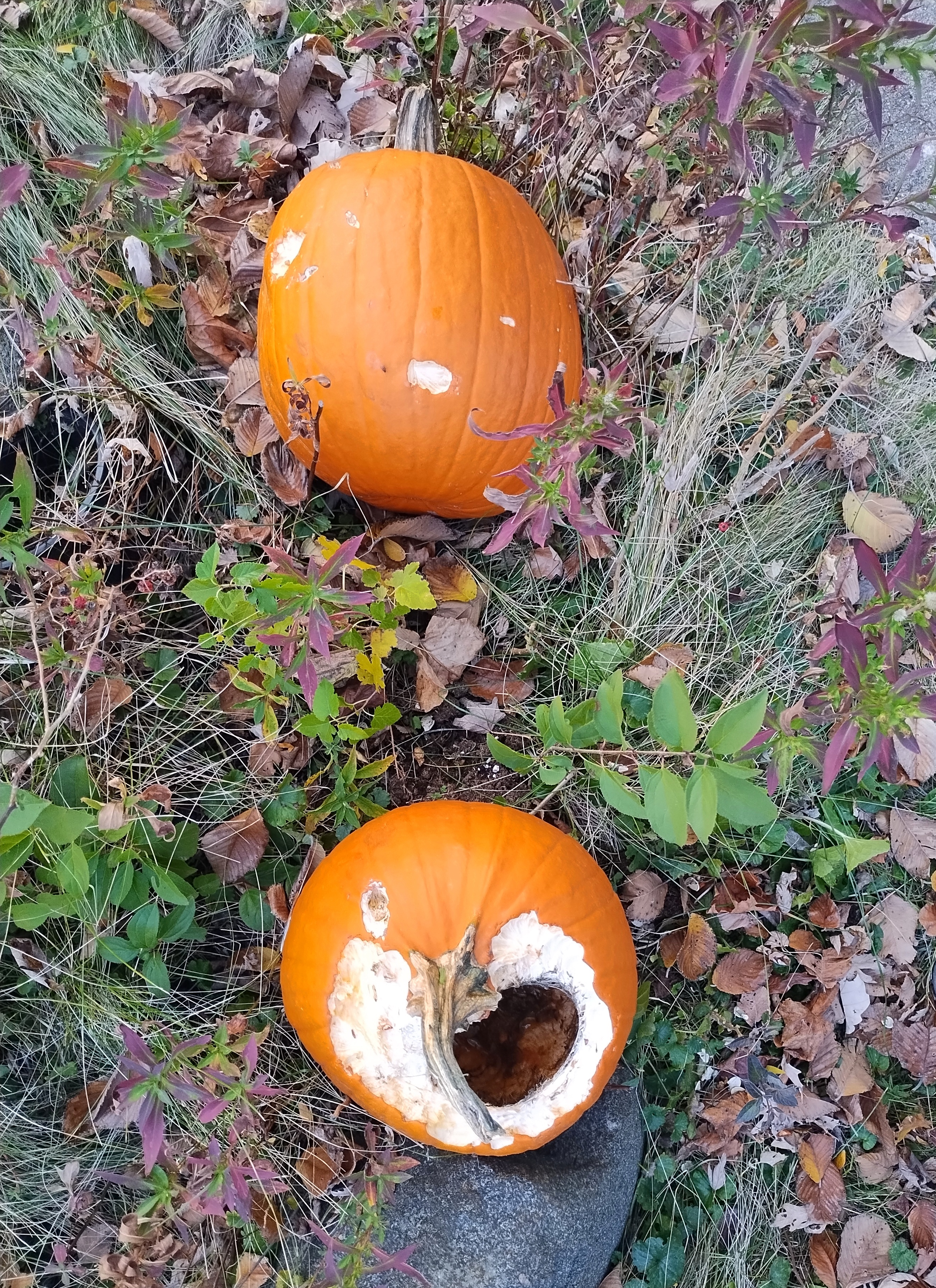For a religion with at most 6 million adherents (maybe) – fewer than 0.1 percent of the people on Earth — the Baha’i Faith has created some remarkable temples, all around the Earth. Until recently, we’d been acquainted in person with only one of them, the extraordinary Baha’i House of Worship in Wilmette, Illinois. Especially when we lived closer to that part of metro Chicago, it was a go-to place to take out-of-towners.
Now we’ve experienced another remarkable Baha’i edifice: The Lotus Temple (Kamal Mandir) in Delhi, set in an enormous green space in the southern reaches of that city. Green, but inaccessible to casual visitors, and probably for good reason, considering the volume of people that visit. We were among the crowd in late February.
More green space than one would think possible in Delhi, but the land was acquired by Baha’i adherents in 1953, using money left to them in the will of one of the faithful from Hyderabad. The city may have been large then, but not what it would become later. The temple was built from 1977 to 1986.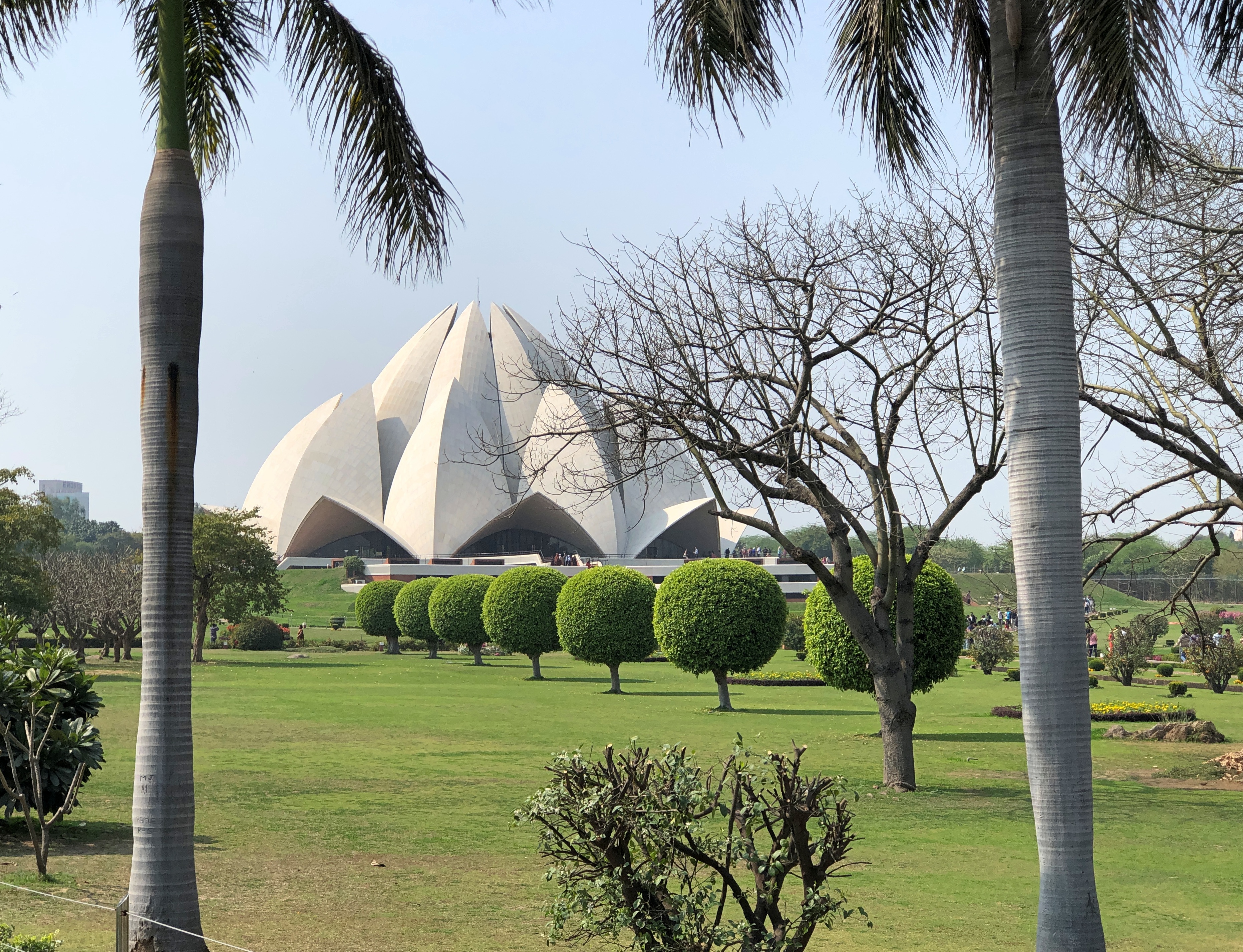

Designed by Fariborz Sahba, an Iranian architect and Baha’i who long ago left his homeland for North America, the structure includes 27 free-standing marble-clad “petals” arranged in clusters of three, forming nine sides, and surrounded by nine pools as the key landscape feature. Apparently nine sides is mandatory for Baha’i temples. This aerial image is quite striking, though invisible to ordinary tourists.
“There is a deep and universal reverence for the lotus in India,” Sahba said in a 2015 interview. “It is regarded as a sacred flower associated with worship throughout many centuries and therefore its significance is deeply rooted in the minds and hearts of the Indians.
“In the epic poem Mahabharata, the Creator Brahma is described as having sprung from the lotus. In Buddhist folklore the Buddha is represented as being born from a lotus, and is usually depicted standing or sitting on a lotus. It is also deeply rooted in the Zoroastrian and Islamic architecture; for example, the dome of the Taj Mahal is bud of a lotus.”
The Lotus Temple – formally a House of Worship, like the other Baha’i temples around the world – is a popular place. One source claims 3 million visitors a year, which would put it in the same league as the Taj Mahal (though sources offer rather varied numbers for that; it’s in the low millions anyway).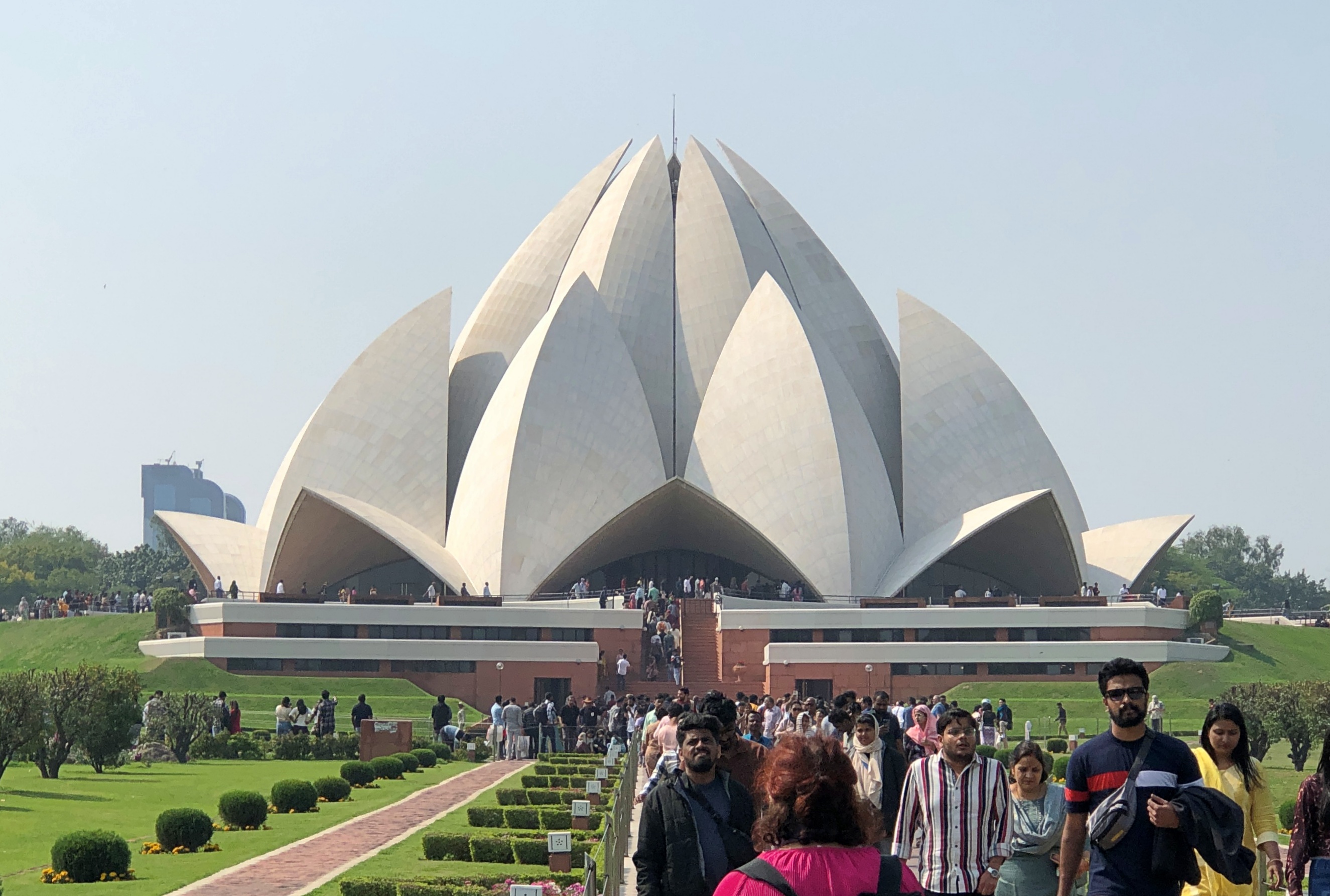
We waited 15 minutes or so to get in. No photography inside, which is a sweeping and unadorned, just as the Baha’i temple in Illinois and elsewhere. That too is a defining characteristic of the temples worldwide.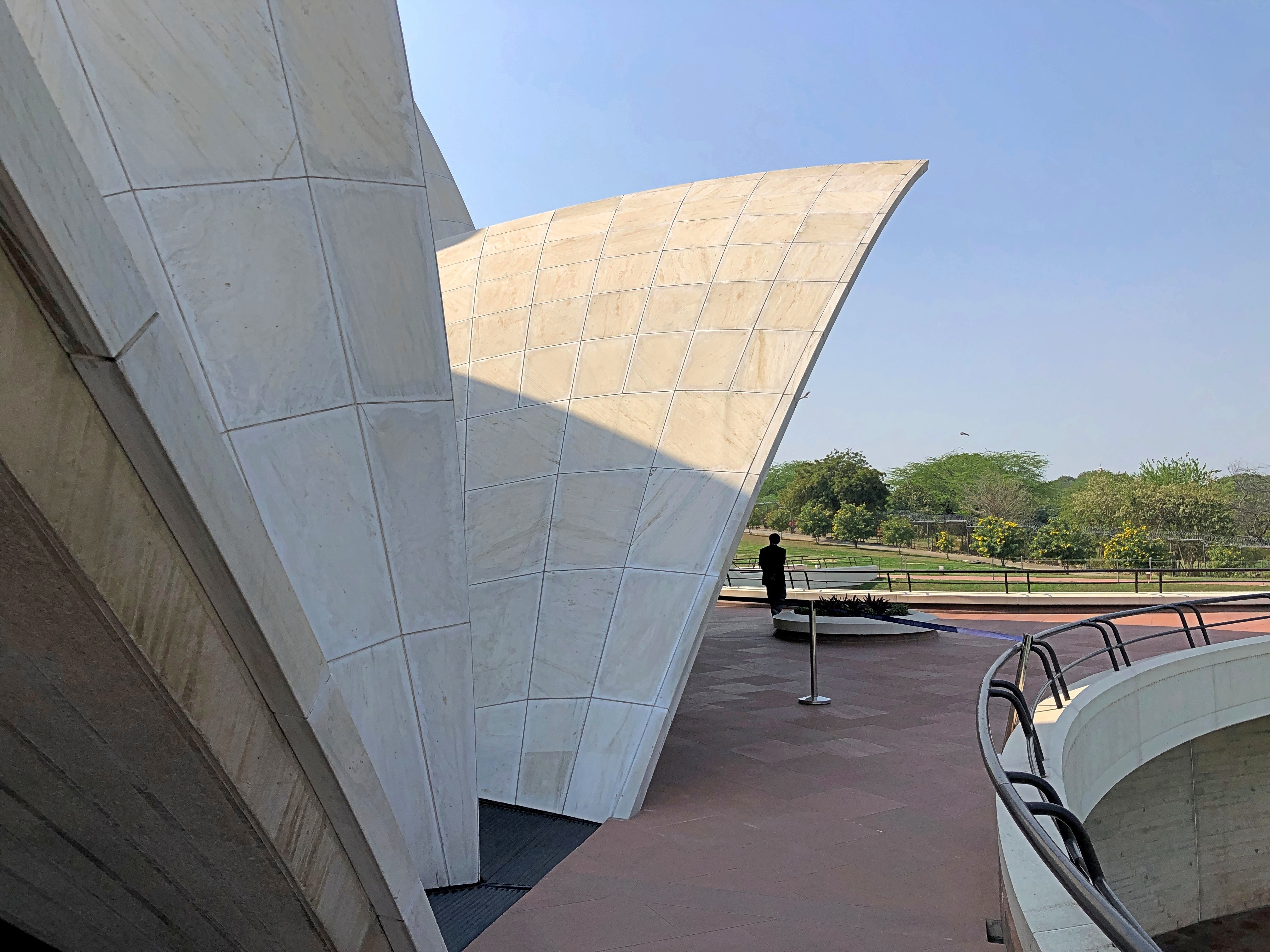
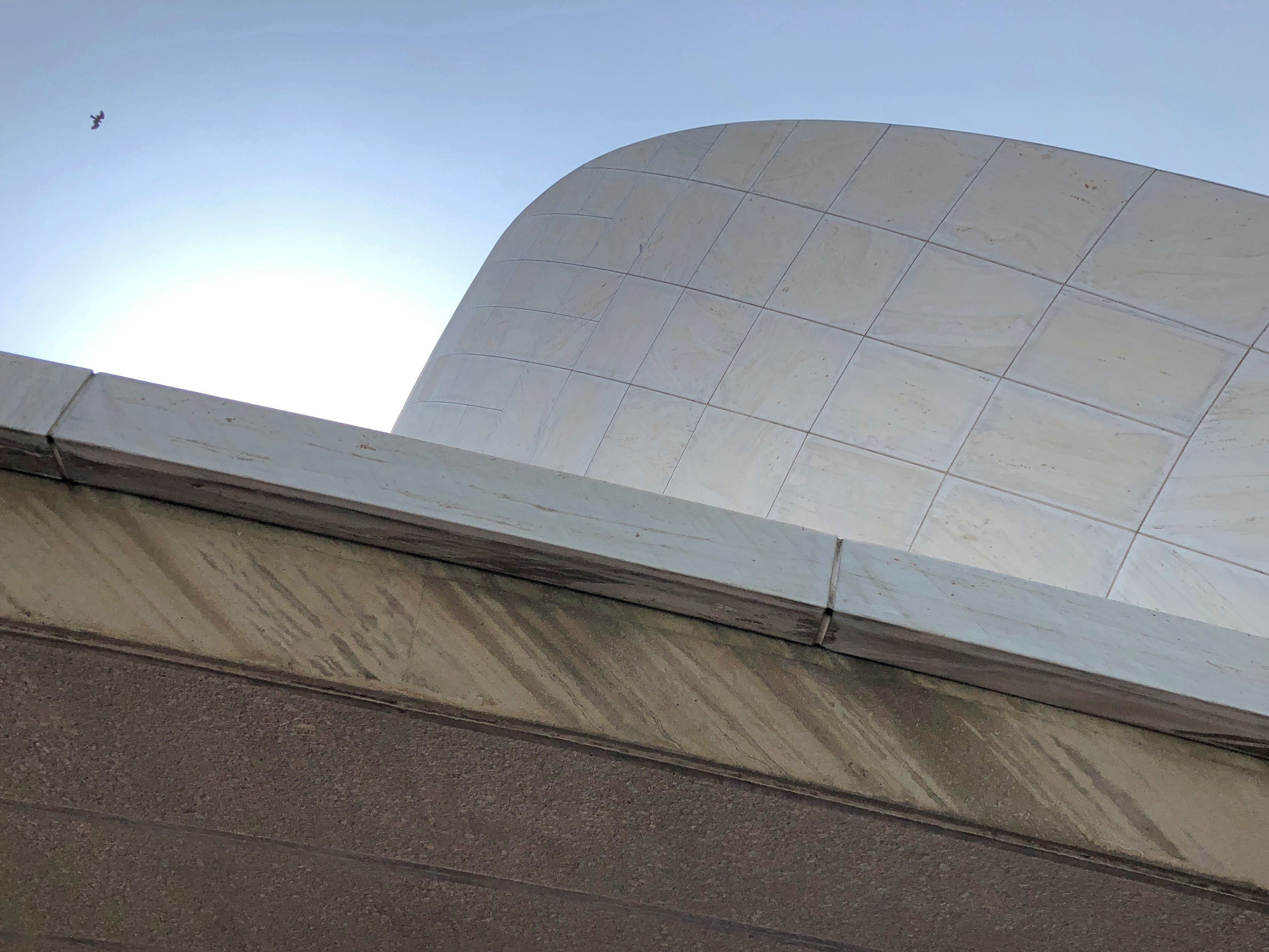
“The prayer hall is plain and has no altars or religious idols, pulpits, or fixed speaker platforms,” writes Mari Yariah, a Malaysian Baha’i who volunteered at the Lotus Temple for a couple of months. “There are no rituals or ceremonies. No talks or sermons are delivered…
“The prayer hall has a capacity for 1,300 visitors to be seated on the benches. There is capacity to increase the number to 2,500… Visitors were allowed to remain in the prayer hall for as long as they desired. Special prayer services are held four times throughout the day at 10 am, 12 noon, 3 pm, and 5 pm. [We weren’t there for any of those.] During these prayer sessions that last for about ten minutes, scriptures from various religions were read out or chanted in melodious voices.”













